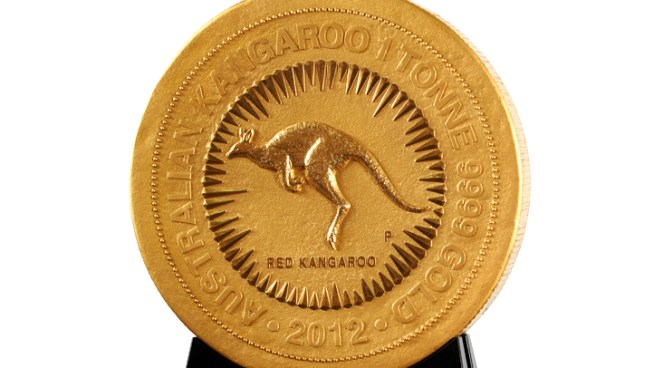Huge space rock will miss our planet by just 200,000 miles on Tuesday, November 8 -

An asteroid the size of an aircraft carrier could provide vital clues about the formation of the Earth when it flashes past us next week.
The huge space rock will miss our planet by just 200,000 miles on Tuesday, November 8, giving scientists a front-row seat for such a rare event.
The last time a rock of a comparable size passed so close was in 1976, but it was missed by everybody, including Nasa.
This asteroid, which is known as 2005 YU55 and is in orbit around the Sun, has not been this near to Earth for some 200 years.
It will not be visible to the naked eye, but amateur astronomers could see it if they use a telescope at least 6in in diameter.
Nasa scientists, who have officially classified the asteroid as a 'near-earth object', will use a radar telescope to analyse exactly what it is made of and where it might have come from, according to the Daily Telegraph.
A spokesman said: 'We hope to obtain images that should reveal a wealth of detail about the asteroid's surface features, shape, dimensions and other physical properties.'
2005 YU55 was 'imaged' by the Arecibo Radar Telescope in Puerto Rico on April 19 last year.
The data collected has allowed the Near-Earth Object Program Office at NASA's Jet Propulsion Laboratory (JPL) to refine the space rock's orbit, enabling scientists to rule out any possibility of an Earth impact for the next 100 years.
Read more: http://www.dailymail.co.uk/sciencetech/article-2055619/How-near-miss-asteroid-shed-light-formation-Earth.html

An asteroid the size of an aircraft carrier could provide vital clues about the formation of the Earth when it flashes past us next week.
The huge space rock will miss our planet by just 200,000 miles on Tuesday, November 8, giving scientists a front-row seat for such a rare event.
The last time a rock of a comparable size passed so close was in 1976, but it was missed by everybody, including Nasa.
This asteroid, which is known as 2005 YU55 and is in orbit around the Sun, has not been this near to Earth for some 200 years.
It will not be visible to the naked eye, but amateur astronomers could see it if they use a telescope at least 6in in diameter.
Nasa scientists, who have officially classified the asteroid as a 'near-earth object', will use a radar telescope to analyse exactly what it is made of and where it might have come from, according to the Daily Telegraph.
A spokesman said: 'We hope to obtain images that should reveal a wealth of detail about the asteroid's surface features, shape, dimensions and other physical properties.'
2005 YU55 was 'imaged' by the Arecibo Radar Telescope in Puerto Rico on April 19 last year.
The data collected has allowed the Near-Earth Object Program Office at NASA's Jet Propulsion Laboratory (JPL) to refine the space rock's orbit, enabling scientists to rule out any possibility of an Earth impact for the next 100 years.
Read more: http://www.dailymail.co.uk/sciencetech/article-2055619/How-near-miss-asteroid-shed-light-formation-Earth.html




